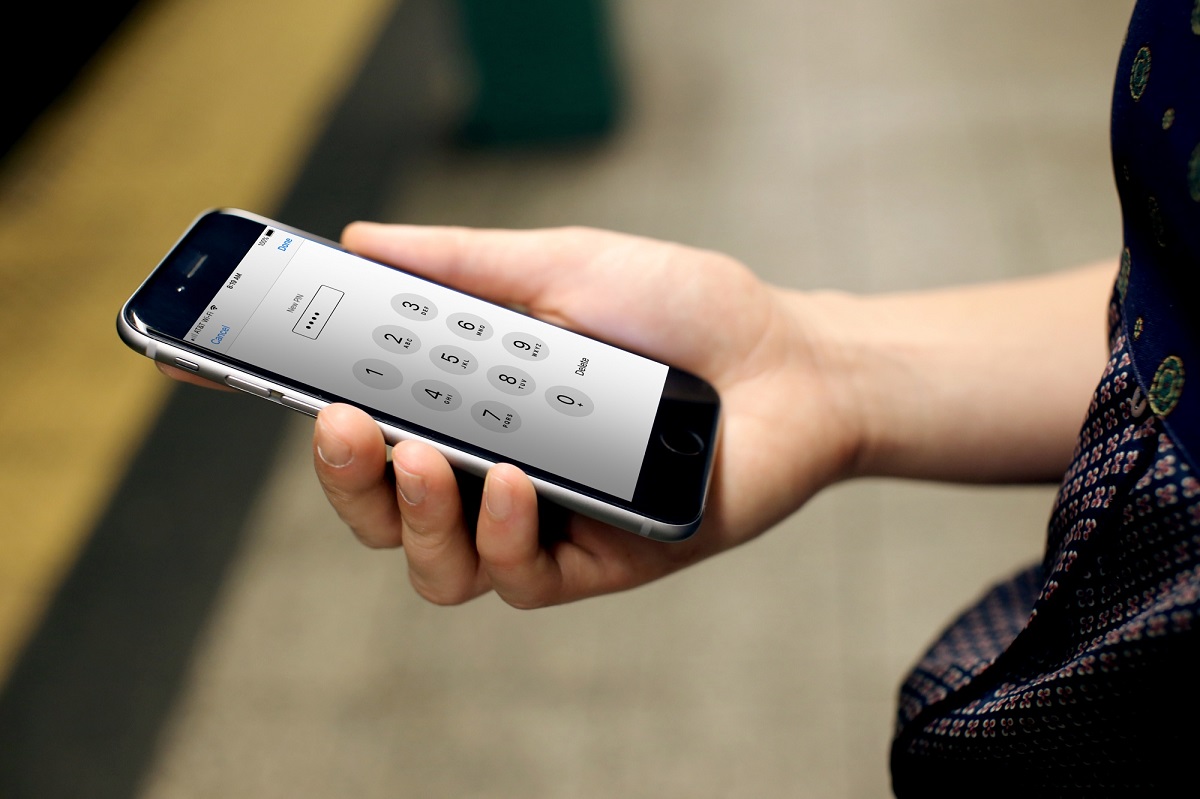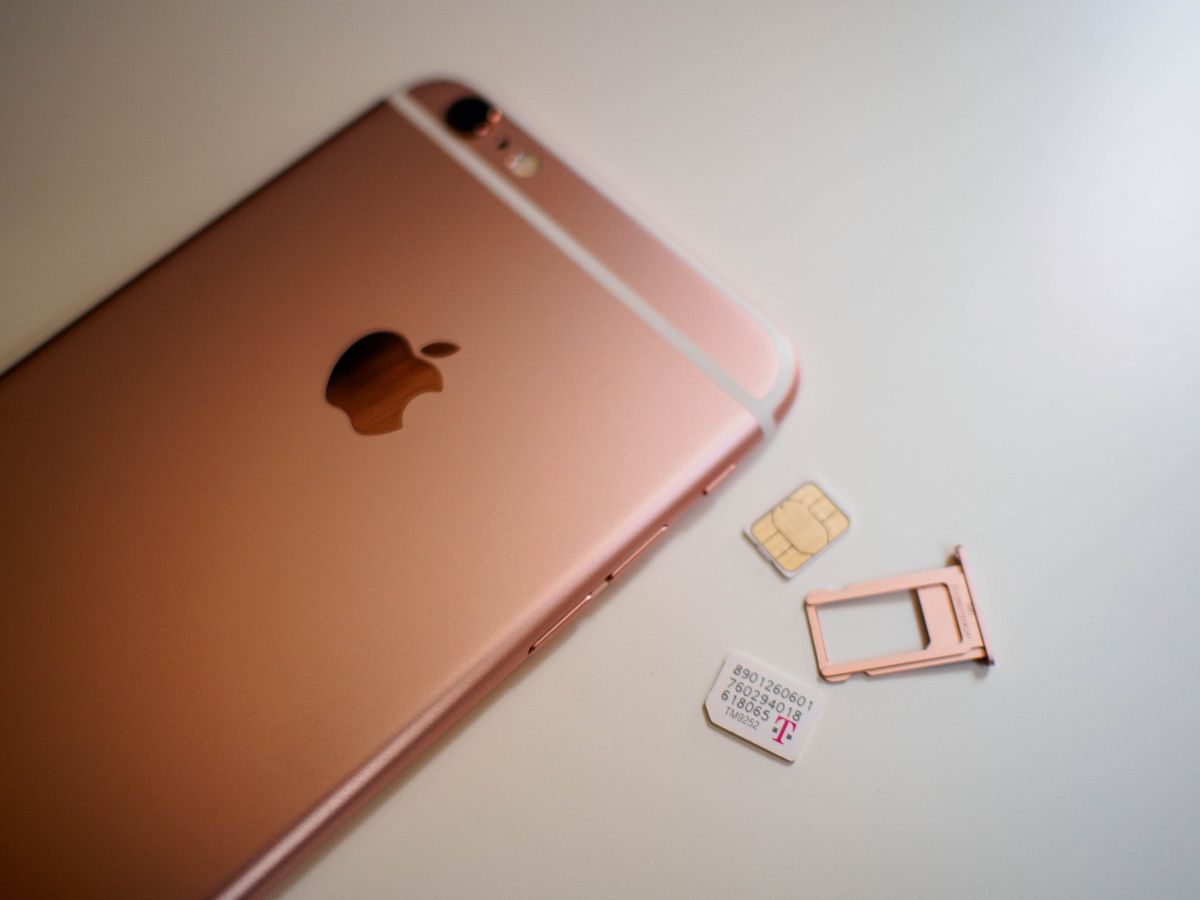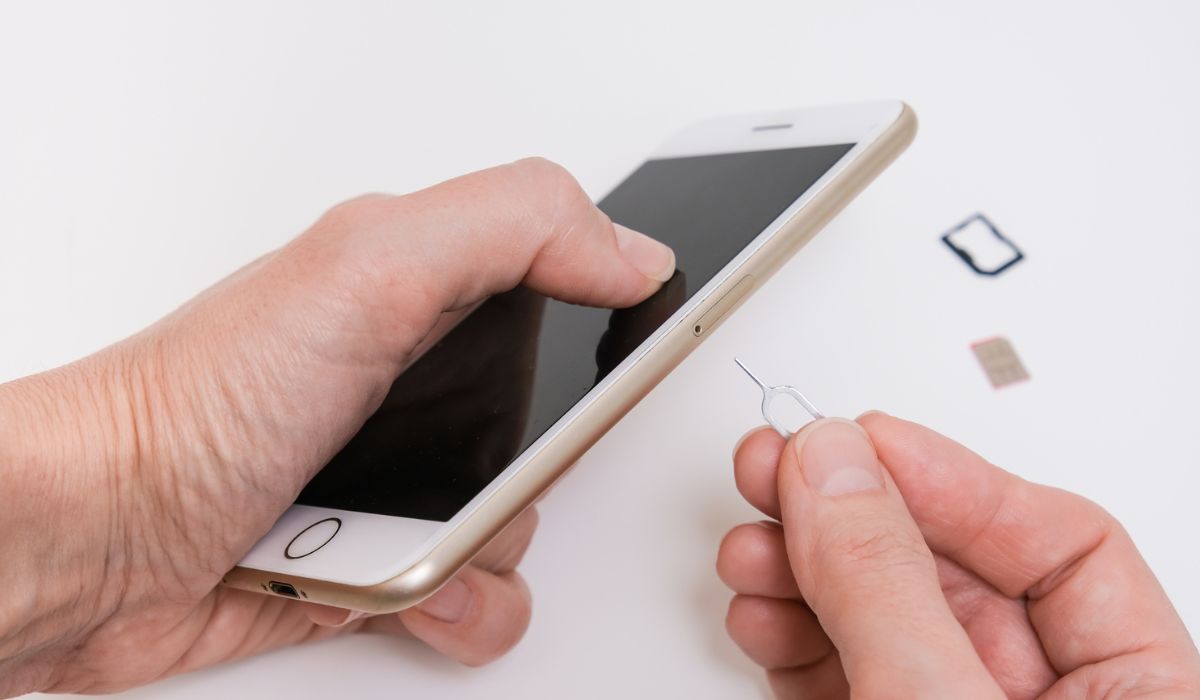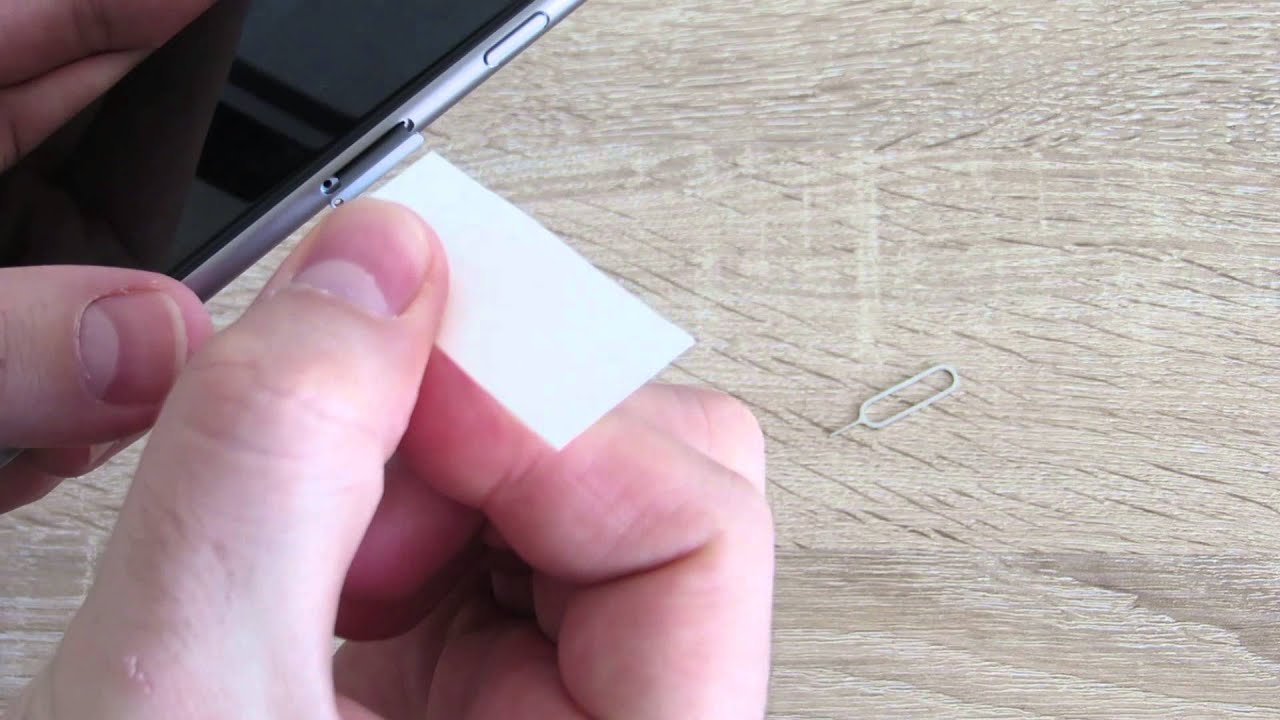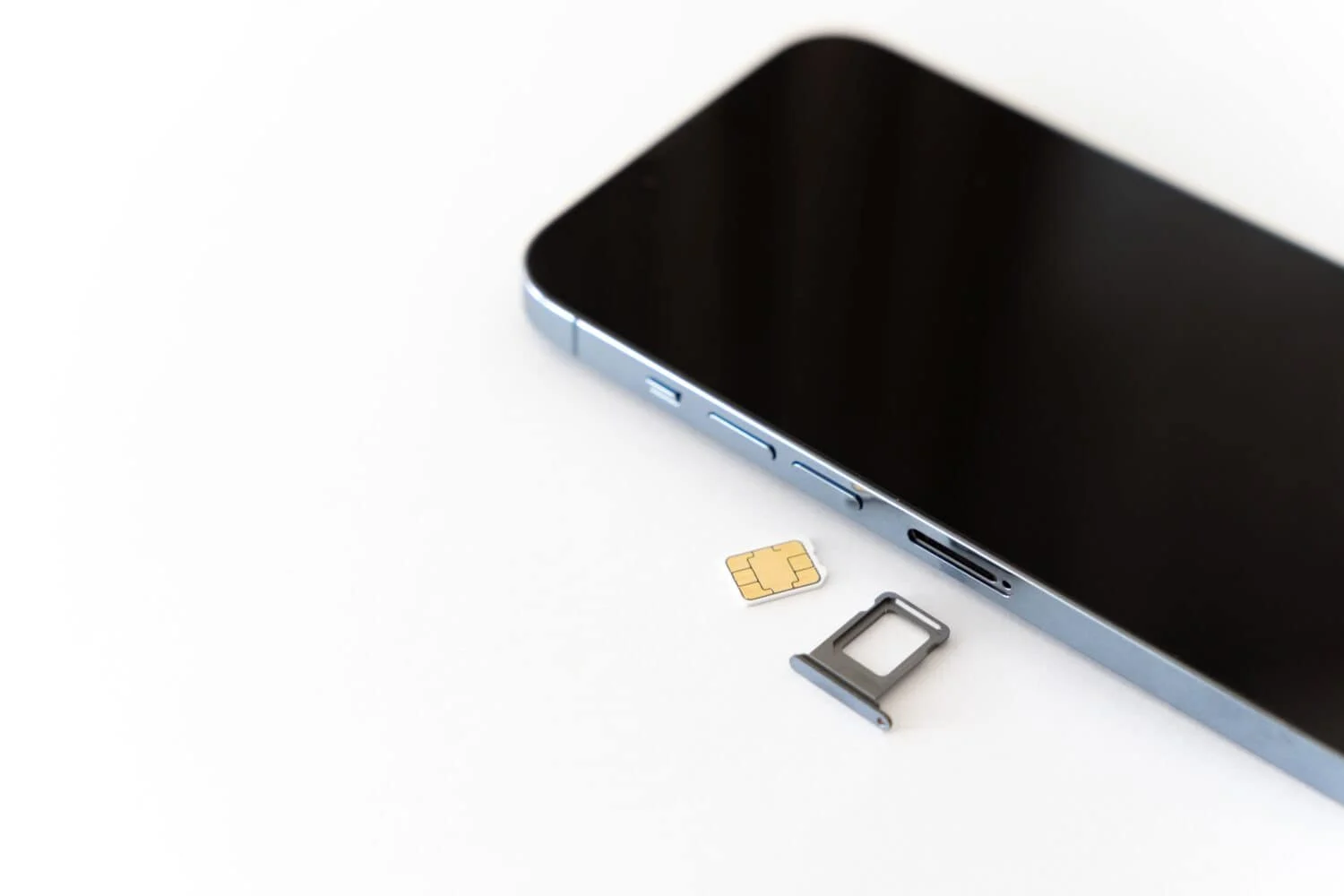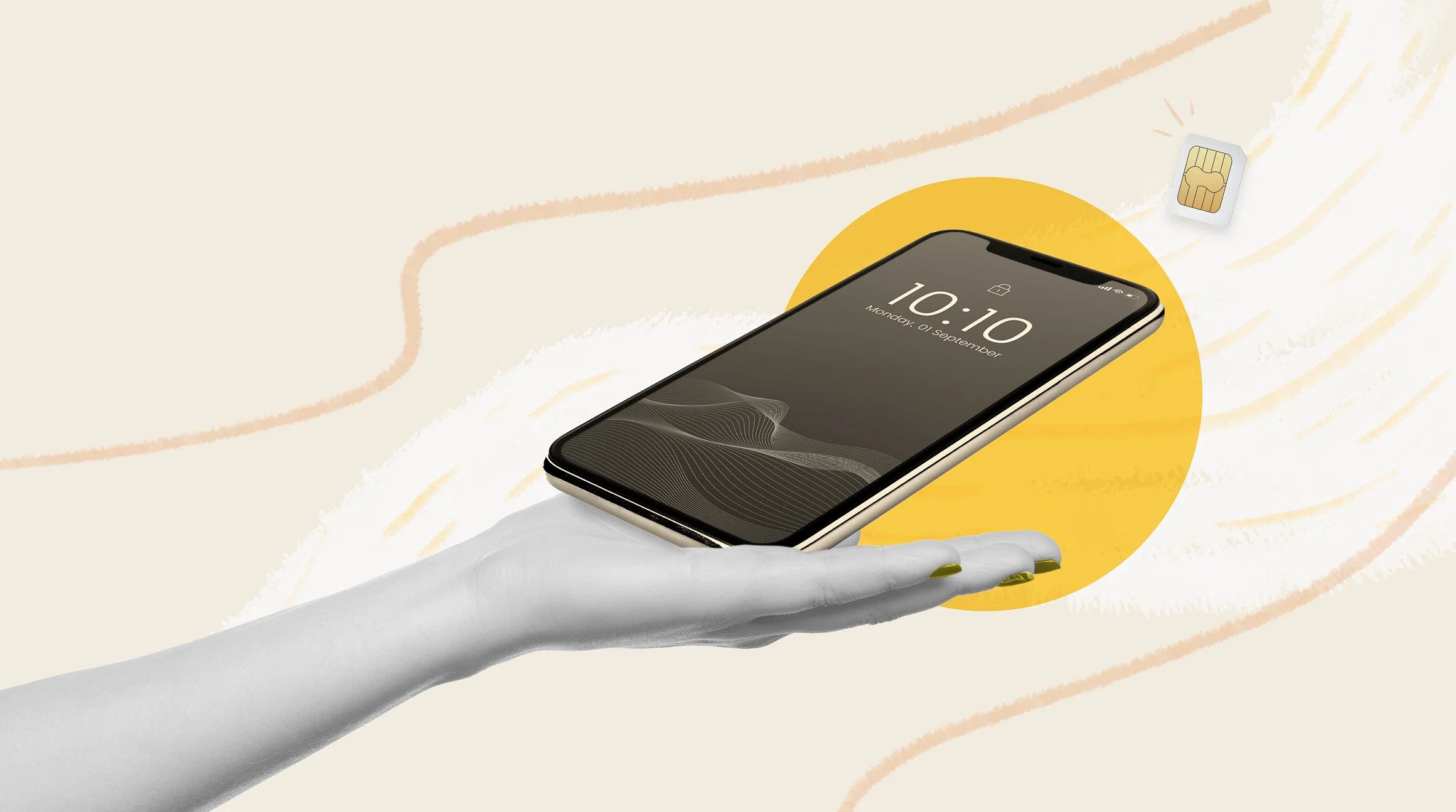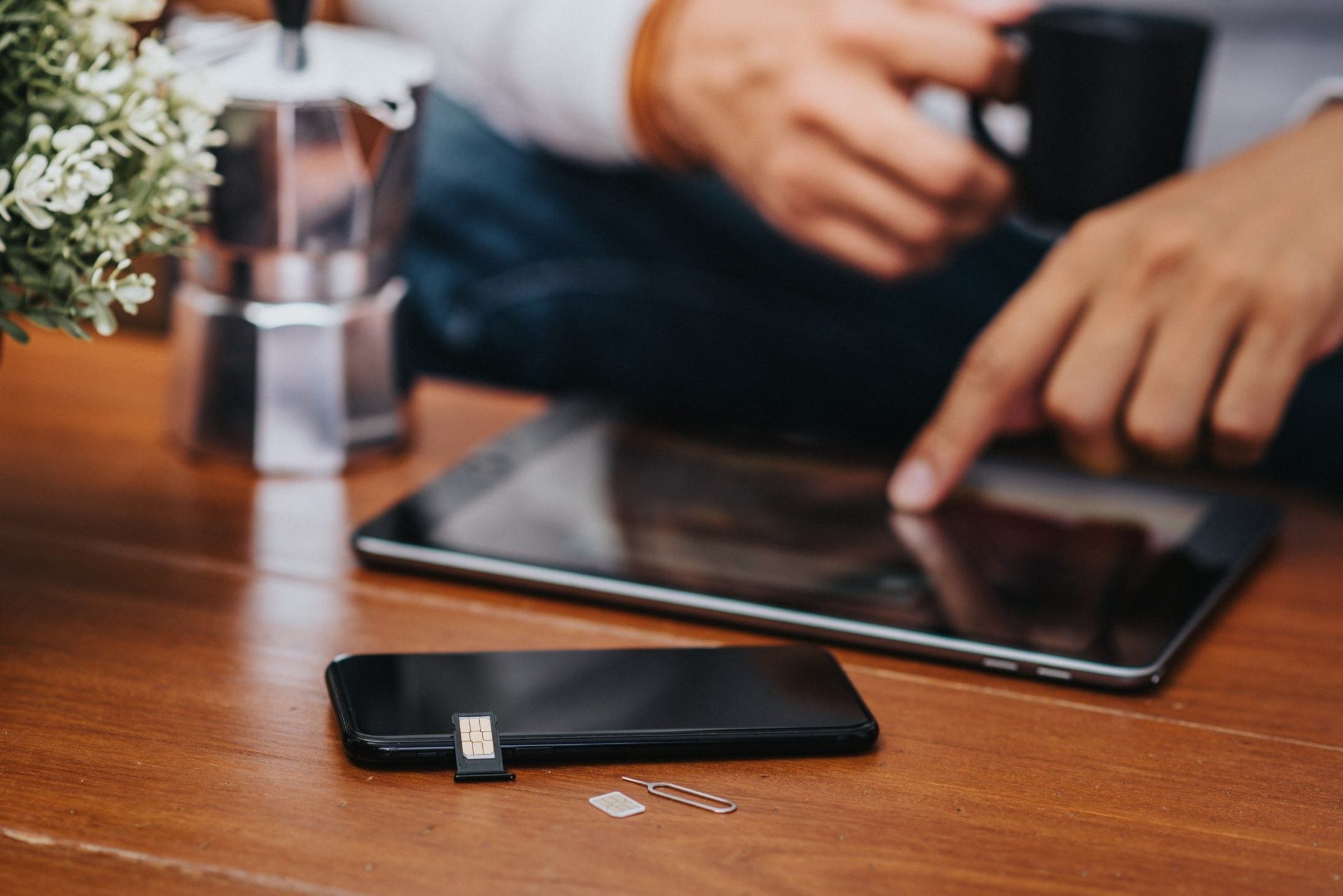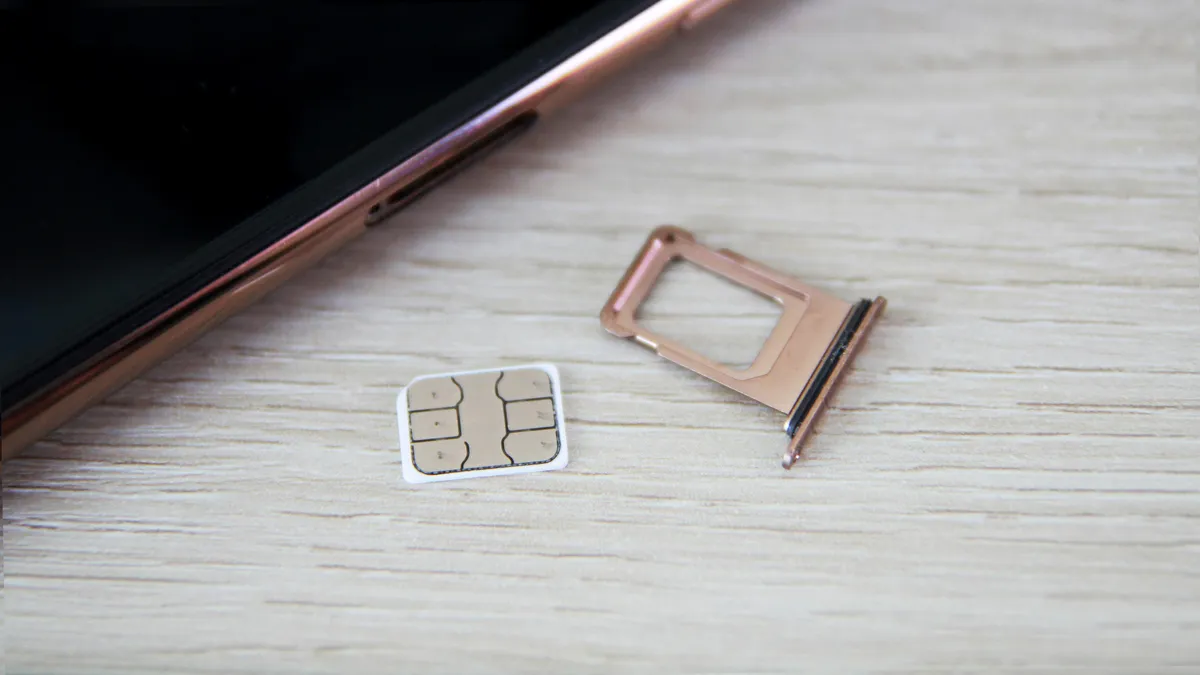Introduction
Securing your iPhone's SIM card with a Personal Identification Number (PIN) is a crucial aspect of safeguarding your personal data and preventing unauthorized access to your device. The SIM card serves as the gateway to your mobile network, housing sensitive information such as contacts, messages, and call logs. By setting up a PIN for your iPhone's SIM card, you add an extra layer of protection that can thwart potential security breaches and unauthorized usage.
In this article, we will delve into the significance of securing your iPhone's SIM card with a PIN and provide you with a comprehensive guide on how to set it up. Additionally, we will share valuable tips to help you keep your iPhone's SIM card PIN secure, ensuring that your device remains protected at all times.
By taking the proactive step of implementing a SIM card PIN, you are actively fortifying the security of your iPhone and mitigating the risks associated with unauthorized access. Let's explore the importance of this security measure and equip you with the knowledge and tools you need to enhance the protection of your valuable personal data.
Why You Should Secure Your iPhone's SIM Card with a PIN
Securing your iPhone's SIM card with a Personal Identification Number (PIN) is a fundamental step in fortifying the security of your device and protecting your personal data. The SIM card, a small but pivotal component of your iPhone, contains sensitive information that, if compromised, could lead to privacy breaches and unauthorized usage. By setting up a PIN for your iPhone's SIM card, you establish an additional layer of defense against potential security threats and unauthorized access.
Protection Against Unauthorized Usage
Implementing a SIM card PIN on your iPhone serves as a deterrent to unauthorized usage. In the event that your device is lost or stolen, the PIN requirement acts as a barrier, preventing unauthorized individuals from accessing your mobile network and using your SIM card for illicit purposes. This security measure can be instrumental in safeguarding your personal data and minimizing the impact of a lost or stolen device.
Enhanced Privacy and Data Security
Your iPhone's SIM card stores a wealth of personal information, including contact details, text messages, call logs, and other sensitive data. By securing the SIM card with a PIN, you significantly reduce the risk of unauthorized individuals gaining access to this confidential information. This is particularly crucial in protecting your privacy and preventing potential misuse of your personal data.
Prevention of SIM Swapping and Fraud
Securing your iPhone's SIM card with a PIN is an effective countermeasure against SIM swapping, a fraudulent tactic used by cybercriminals to take control of a victim's phone number. By requiring a PIN for SIM card access, you can thwart attempts to swap your SIM card, thereby reducing the risk of falling victim to identity theft, financial fraud, or unauthorized account access.
Mitigation of Security Risks
In today's digital landscape, where cyber threats are prevalent, safeguarding your iPhone's SIM card with a PIN is a proactive step in mitigating security risks. Whether it's protecting against unauthorized access or thwarting potential SIM-related fraud, the implementation of a SIM card PIN can significantly enhance the overall security posture of your device.
By recognizing the importance of securing your iPhone's SIM card with a PIN, you are taking a proactive stance in fortifying the security of your device and protecting your personal data from potential threats. In the subsequent section, we will guide you through the process of setting up a PIN for your iPhone's SIM card, empowering you to take control of your device's security and privacy.
How to Set Up a PIN for Your iPhone's SIM Card
Setting up a PIN for your iPhone's SIM card is a straightforward process that can be accomplished directly from your device's settings. Follow these simple steps to establish a PIN and enhance the security of your SIM card:
-
Access the Settings Menu: Begin by unlocking your iPhone and navigating to the "Settings" app, which is represented by the gear icon on your home screen.
-
Select "Cellular" or "Mobile Data": Within the Settings menu, locate and tap on the "Cellular" or "Mobile Data" option, depending on your device's configuration.
-
Choose "SIM PIN": Scroll down the Cellular or Mobile Data settings until you find the "SIM PIN" or "SIM Card PIN" option. Tap on this feature to proceed with setting up your SIM card PIN.
-
Enter the Default PIN: In some cases, your SIM card may come with a default PIN provided by your mobile carrier. If prompted, enter this default PIN to access the SIM card settings.
-
Enable the SIM PIN: Once you have entered the default PIN (if applicable), you will have the option to enable the SIM PIN feature. Toggle the switch to enable the SIM PIN functionality.
-
Set Your Personalized PIN: After enabling the SIM PIN, you will be prompted to set a personalized PIN for your SIM card. Enter a unique four to eight-digit PIN that you can easily remember but is difficult for others to guess.
-
Confirm Your PIN: To ensure accuracy, you will be asked to confirm the PIN you have chosen. Re-enter the same four to eight-digit PIN to confirm and finalize the setup process.
-
Restart Your iPhone: Once you have successfully set up your SIM card PIN, it is recommended to restart your iPhone to apply the changes and activate the PIN requirement.
By following these steps, you can effectively set up a PIN for your iPhone's SIM card, bolstering the security of your device and safeguarding your personal data from unauthorized access. It is important to remember your SIM card PIN and refrain from sharing it with unauthorized individuals to maintain the integrity of this security measure.
Taking the proactive step of securing your iPhone's SIM card with a PIN empowers you to take control of your device's security and privacy, mitigating the risks associated with unauthorized usage and potential security breaches. In the subsequent section, we will share valuable tips to help you keep your iPhone's SIM card PIN secure, ensuring that your device remains protected at all times.
Tips for Keeping Your iPhone's SIM Card PIN Secure
Securing your iPhone's SIM card with a Personal Identification Number (PIN) is a proactive measure to bolster the security of your device and protect your personal data. Once you have set up a PIN for your SIM card, it is essential to implement additional practices to ensure the ongoing security and integrity of this vital security feature. Here are valuable tips to help you keep your iPhone's SIM card PIN secure:
1. Memorize Your PIN
It is crucial to commit your SIM card PIN to memory rather than writing it down or storing it in easily accessible locations. By memorizing your PIN, you reduce the risk of unauthorized individuals gaining access to it and enhance the overall security of your device.
2. Avoid Sharing Your PIN
Under no circumstances should you share your SIM card PIN with unauthorized individuals. Whether it's friends, family members, or acquaintances, maintaining the confidentiality of your PIN is paramount in safeguarding the security of your iPhone and preventing unauthorized usage.
3. Regularly Change Your PIN
Consider changing your SIM card PIN periodically to mitigate the risk of unauthorized access. By updating your PIN at regular intervals, you add an extra layer of security and reduce the likelihood of potential security breaches.
4. Enable SIM PIN Entry Prompt
Ensure that your iPhone is configured to prompt for the SIM PIN whenever it is restarted or powered on. This setting adds an additional barrier to unauthorized access and reinforces the security of your SIM card.
5. Use Biometric Security Features
Leverage the biometric security features available on your iPhone, such as Touch ID or Face ID, to complement the SIM card PIN. By integrating biometric authentication, you further fortify the security of your device and enhance the protection of your SIM card.
6. Secure Your Device
Implement robust security measures on your iPhone, including passcodes, biometric authentication, and device encryption. By securing your device comprehensively, you create a fortified barrier against unauthorized access and potential security threats.
7. Stay Informed About Security Best Practices
Stay abreast of the latest security best practices and recommendations for iOS devices. By remaining informed, you can adapt and implement evolving security measures to protect your iPhone's SIM card and uphold the integrity of your device's security.
By adhering to these tips and best practices, you can effectively keep your iPhone's SIM card PIN secure, bolstering the overall security of your device and safeguarding your personal data from potential threats. Regularly reviewing and reinforcing these security measures will contribute to a proactive and resilient security posture for your iPhone's SIM card.
Conclusion
In conclusion, securing your iPhone's SIM card with a Personal Identification Number (PIN) is a pivotal step in fortifying the security of your device and protecting your personal data. By recognizing the importance of implementing a SIM card PIN, you are actively taking control of your device's security and privacy, mitigating the risks associated with unauthorized access and potential security breaches.
The significance of securing your iPhone's SIM card with a PIN cannot be overstated. This proactive measure serves as a crucial defense against unauthorized usage, enhances privacy and data security, and mitigates the risks of SIM swapping and fraud. By setting up a PIN for your SIM card, you establish an additional layer of protection that can deter potential security threats and unauthorized access, ultimately safeguarding your valuable personal data.
The process of setting up a PIN for your iPhone's SIM card is straightforward and can be accomplished directly from your device's settings. By following the simple steps outlined in this article, you can effectively fortify the security of your SIM card and bolster the overall protection of your device.
Furthermore, implementing additional practices, such as memorizing your PIN, avoiding sharing it with unauthorized individuals, and regularly changing it, contributes to maintaining the ongoing security and integrity of this vital security feature. By adhering to these best practices, you can sustain a proactive and resilient security posture for your iPhone's SIM card, ensuring that your device remains protected at all times.
Ultimately, the proactive step of securing your iPhone's SIM card with a PIN empowers you to take control of your device's security and privacy, minimizing the potential impact of security breaches and unauthorized access. By recognizing the importance of this security measure and implementing the recommended best practices, you can fortify the overall security of your device and safeguard your personal data from potential threats.
In essence, securing your iPhone's SIM card with a PIN is not just a security measure; it is a proactive stance in protecting what matters most – your privacy, personal data, and peace of mind. As technology continues to evolve, taking these proactive security measures becomes increasingly crucial in safeguarding the integrity of your digital identity and personal information.
By prioritizing the security of your iPhone's SIM card and embracing a proactive approach to safeguarding your device, you are actively contributing to a resilient and fortified security posture, ensuring that your personal data remains protected and secure in an ever-changing digital landscape.







